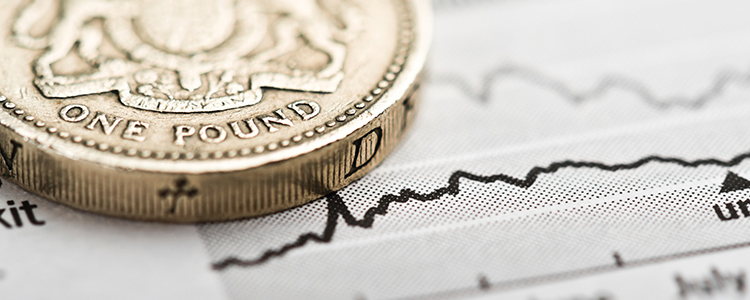

Pensions are one of the most tax efficient forms of saving. Most higher rate taxpayers can contribute £100 to a registered pension fund at a cost of only £60 and investment income and capital gains will accrue within the scheme largely tax free.
An individual is entitled to tax relief on personal contributions in any given tax year up to the higher of 100% of earned income or £3,600 (gross).
The contributions are paid net of basic rate tax and the pension provider will then recover that basic rate tax from HMRC. Higher and additional rate relief, if appropriate, can be claimed from HMRC. Contributions in excess of the individual’s limit can be made into a scheme but the excess will not attract tax relief.
An employer may make contributions to a scheme and a deduction from profits may be available to the employer.
As these reliefs are generous, there are controls which serve to limit high levels of contribution. These are complex but, put simply, they may give rise to a tax charge if annual contributions exceed £60,000. Generally where a taxpayer has adjusted income in excess of £260,000 the annual contribution possible will be restricted from £60,000 by £1 for every £2 for income in excess of the £260,000. The minimum annual allowance available after this restriction is £10,000.
Taxpayers have choice and flexibility when it comes to accessing their personal pension fund. Options include taking a tax free lump sum of 25% of fund value and purchasing an annuity with the remaining fund or opting for a more flexible drawdown.
The flexible drawdown rules allow for total freedom to access a pension fund from the age of 55. Access to the fund may be achieved in one of two ways:
When an allocation of funds into a flexi-access account is made the member typically will take the opportunity of taking a tax free lump sum from the fund.
The person will then decide how much or how little to take from the flexi-access account. Any amounts that are taken will count as taxable income in the year of receipt.
Access to some or all of a pension fund without first allocating to a flexi-access account can be achieved by taking an uncrystallised funds pension lump sum.
The tax effect will be:
Getting the right advice at the point of retirement is therefore important.
The government is alive to the possibility of people taking advantage of the flexibilities by 'recycling' their earned income into pensions and then immediately taking out amounts from their pension funds. The MPAA sets the maximum amount of tax-efficient contributions an individual can make at £10,000 per annum in certain scenarios.
|
Tip |
|---|
|
Don’t forget to use the Dividend and Savings Allowances. These allowances tax £1,000 of dividends and up to £1,000 of savings income at 0%. See ‘tax rates and allowances’ in the Taxation of the Family section. |
ISAs are free of income tax and CGT. There are maximum investment limits which apply for each tax year but, over several years, large investments can be built up. The overall annual ISA savings limit is currently £20,000. Investors can choose to invest in a cash ISA, stocks and shares ISA or an Innovative Finance ISA as long as they do not exceed the investment limit.
The government has introduced a Lifetime ISA for adults under the age of 40. Individuals will be able to contribute up to £4,000 per year and receive a 25% bonus from the government. If £4,000 is invested, the investment limit for the other types of ISAs falls to £16,000. Funds, including the government bonus, can be used to buy a first home up to £450,000 at any time from 12 months after the first subscription, or can be withdrawn from age 60 completely tax-free.
The following investments work in varying ways. You should consider your needs in detail before entering into any commitments.
Premium bonds are tax free and you could win £1 million!
However, the annual rate of return is not predictable. The current Premium bonds investment limit is £50,000. The more you invest the more frequently you are likely to win, the smaller prizes at least. However, there is no guarantee of a steady rate of return.
These provide a means of deferring income into a subsequent period when it may be taxed at a lower rate.
These bodies mainly invest in the shares of unquoted trading companies. VCT are however quoted investments. An investor in the shares of a VCT will be exempt from tax on dividends and on any capital gain arising from disposal of the shares in the VCT. Income tax relief at 30% is available on subscriptions for VCT shares, up to £200,000 per tax year, so long as the shares are held for at least five years.
Income tax relief at 30% is available on new equity investment (in qualifying unquoted trading companies) of up to £1 million. A higher limit of £2 million may apply to investments in ‘knowledge intensive companies’. A CGT exemption may be given on sales of EIS shares held for at least three years. If the gain on the sale of any chargeable asset (eg quoted shares, second homes, etc) is reinvested in EIS shares, the gain on the disposal can be deferred.
A more recent addition to the available schemes is SEIS. The tax breaks for the investor are:
*Limits subject to Parliamentary approval.